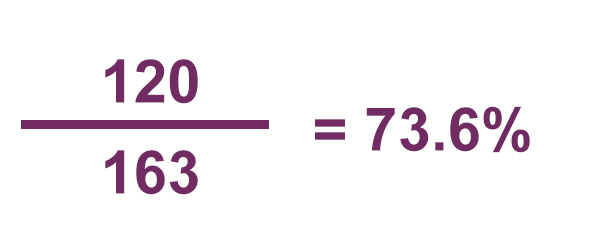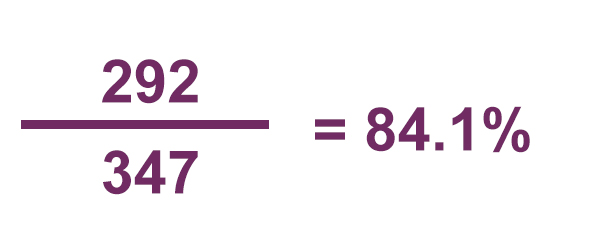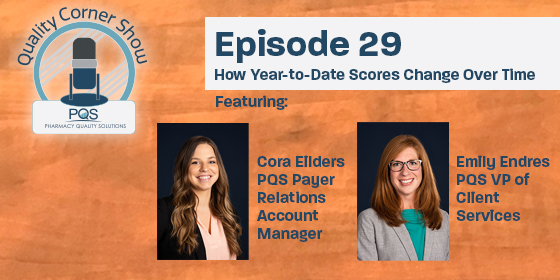
 What makes a patient adherent versus non-adherent when filling his/her medication using the Proportion of Days Covered (PDC) methodology? How is adherence calculated on a six month and full calendar year basis? Let’s walk through an example patient’s adherence journey with John Smith.
What makes a patient adherent versus non-adherent when filling his/her medication using the Proportion of Days Covered (PDC) methodology? How is adherence calculated on a six month and full calendar year basis? Let’s walk through an example patient’s adherence journey with John Smith.
Rolling 6-Month Example
John Smith is a 70-year-old patient that fills his prescription for atorvastatin at your pharmacy. On January 19th he fills his first prescription of the year for the medication, a 30–day fill. Over the next few months, John has additional 30–day fills on February 20th, April 1st, and May 12th.
To calculate adherence for the period of January 2022 to June 2022 using the PDC method, we must first tabulate the denominator and numerator counts.
If there are 163 days between January 19th (his first fill) until June 30, 2022, that number represents the denominator.
The numerator would involve adding each 30-day fill for January, February, and April. John did not fill his prescription in March or June.
30 days + 30 days + 30 days = 120 days.
The numerator is 120 days over the denominator 163 days. That produces a non-adherent rate of 73.6 percent.

Year-to-Date Example
If we look at John’s medication fills for the full year, he refilled on July 3, August 3, September 6, October 7, November 7, and December 10. Let’s calculate adherence for the full year January 2022 – December 2022 period.
In this case, adding the days from his first fill on January 19 through December 31, would equate to 347 days. The denominator is 347 days.
The numerator would require adding every month fill in 30-day increments. January 19 (30 days) + February 20 (30 days) + April 1 (30 days) + May 12 (30 days) + July 3 (30 days) + August 3 (30 days) + September 6 (30 days) + October 7 (30 days) + November 7 (30 days) + December 10 (22 days since the year ends December 31).
8 months x 30 = 270 + 22 days = 292.
Your numerator is 292.
The numerator is 292 days over the denominator 347 days. That produces an adherent rate of 84.1 percent.

While John Smith was non-adherent for the rolling 6-Month trend period, he was adherent for the full measurement year evaluation of 2022.
- In reviewing the Year-to-Date adherence scores, the pharmacy can see John’s scores improve over time and that he fills his medication more frequently and leads to overall improvements.
- Utilizing the rolling 6-month adherence scores can assist in identifying areas for necessary intervention over a shorter period.
Trend periods in EQUIPP® can support efforts for pharmacies wanting to achieve specific goals for their patients. For a more in-depth review of measurement periods, please download the Understanding Measurement Periods PDF.
Understanding Measurement Periods







